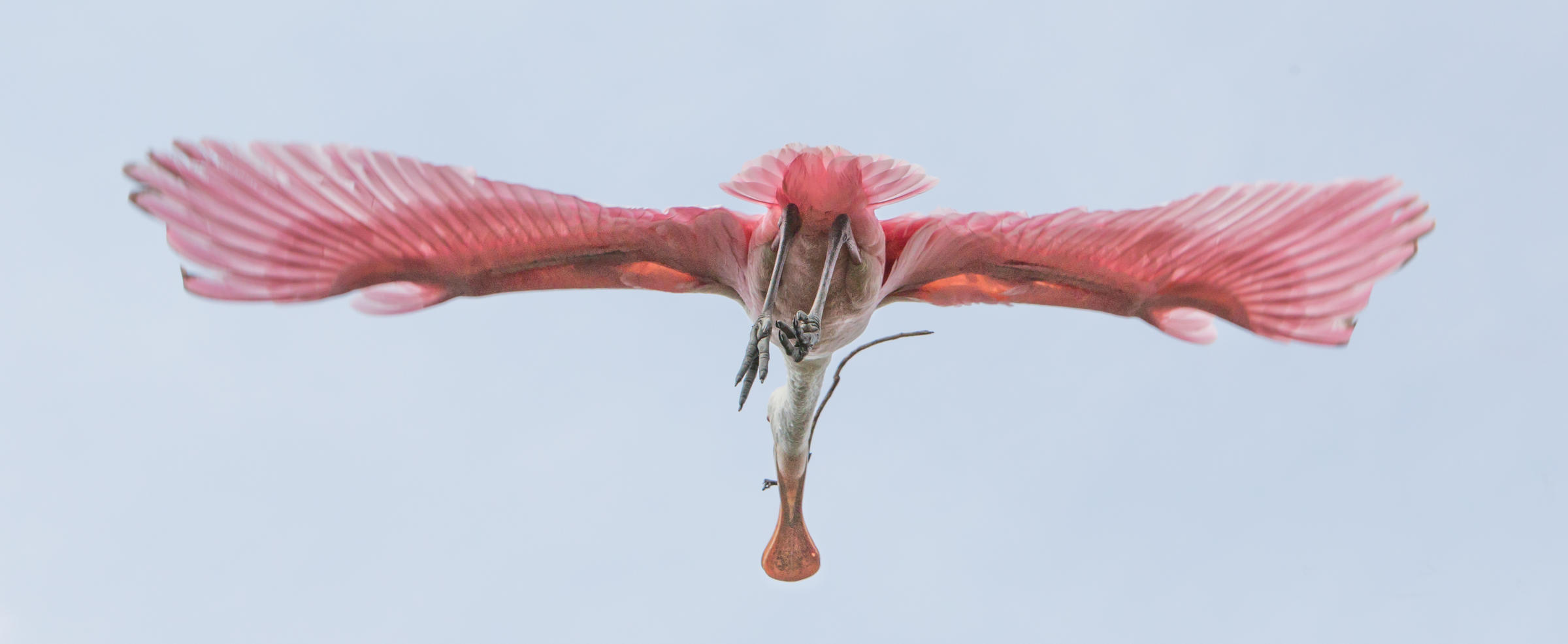2018 was a great year for wading birds. The extreme rainfall associated with Hurricane Irma in 2017 and the following very dry season became the driving forces behind the 138,834 wading bird nests in the Greater Everglades.
However, one of Audubon’s indicator species exhibited disappointing nesting efforts by comparison. The Roseate Spoonbill colonies around Florida Bay produced only 278 nests in 2018. Historically, Roseate Spoonbills nested by the thousands in Florida Bay. Though the 2018 numbers are in line with the 10-year average trend for the species, given the optimal hydrological conditions and overabundance of freshwater in the Everglades, Audubon scientists expected spoonbill nesting numbers in Florida Bay to be much higher.
Audubon’s data revealed that water management practices at the southernmost portion of the Everglades ecosystem resulted in overdrainage of the marshland that spoonbills rely on for nesting. In an effort to provide flood attenuation in urban areas during Hurricane Irma, valves dedicated to discharging fresh water out to sea via Biscayne Bay were left open longer than needed.
Despite having an overabundance of fresh water, these excessive water discharges caused increased salinity along the coastal wetlands of Florida Bay, an issue compounded by higher sea levels observed in this area. Increased salinity made the wetland less productive for spoonbill prey. Without high prey abundance, spoonbills simply did not nest in Florida Bay.
Using our latest findings, Audubon’s policy and science teams are working with water managers to ensure that restoration projects in the southern Everglades are managed to provide maximum freshwater flows to Florida Bay, and to change damaging water management practices that unnecessarily overdrain sensitive wetlands ecosystems.






